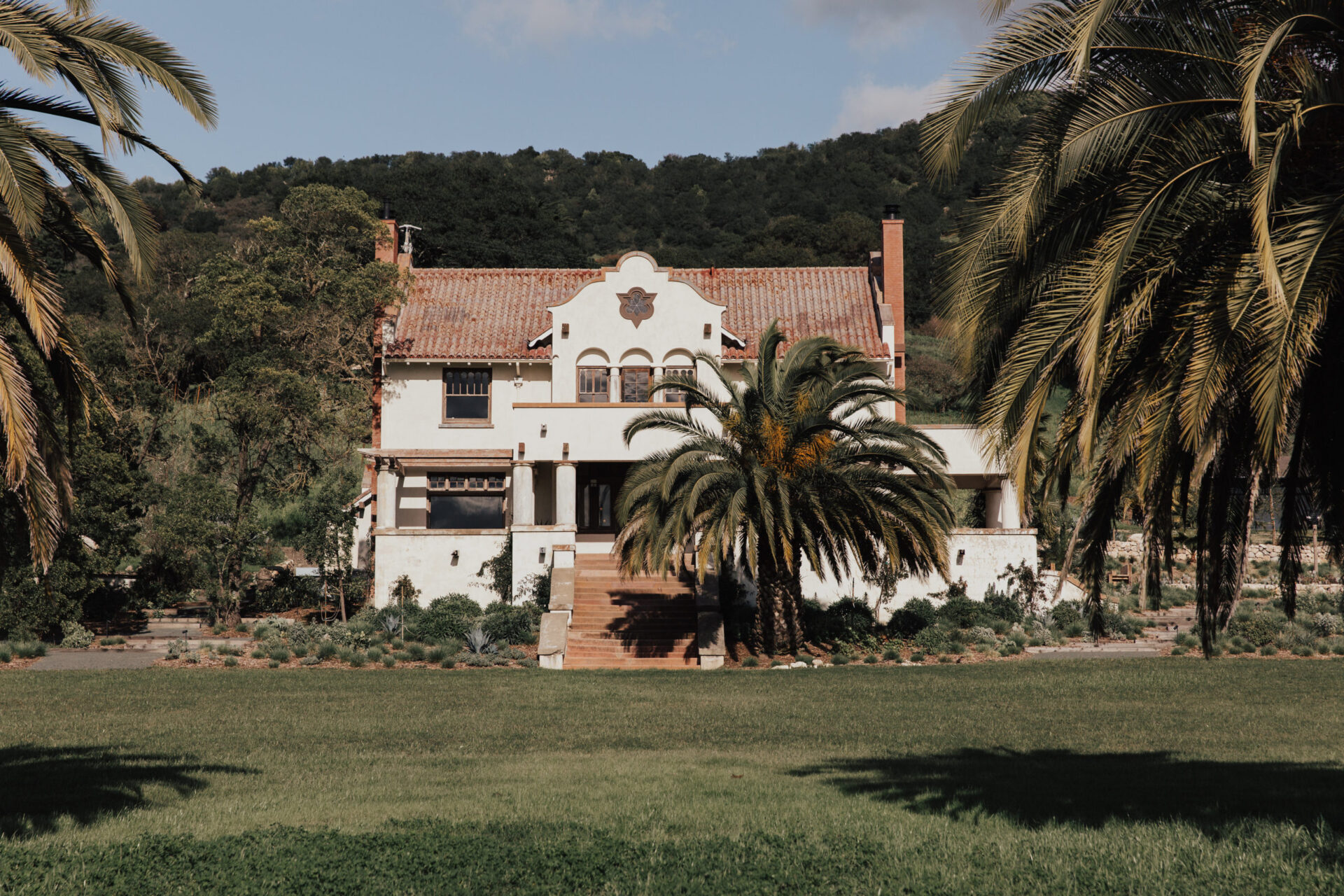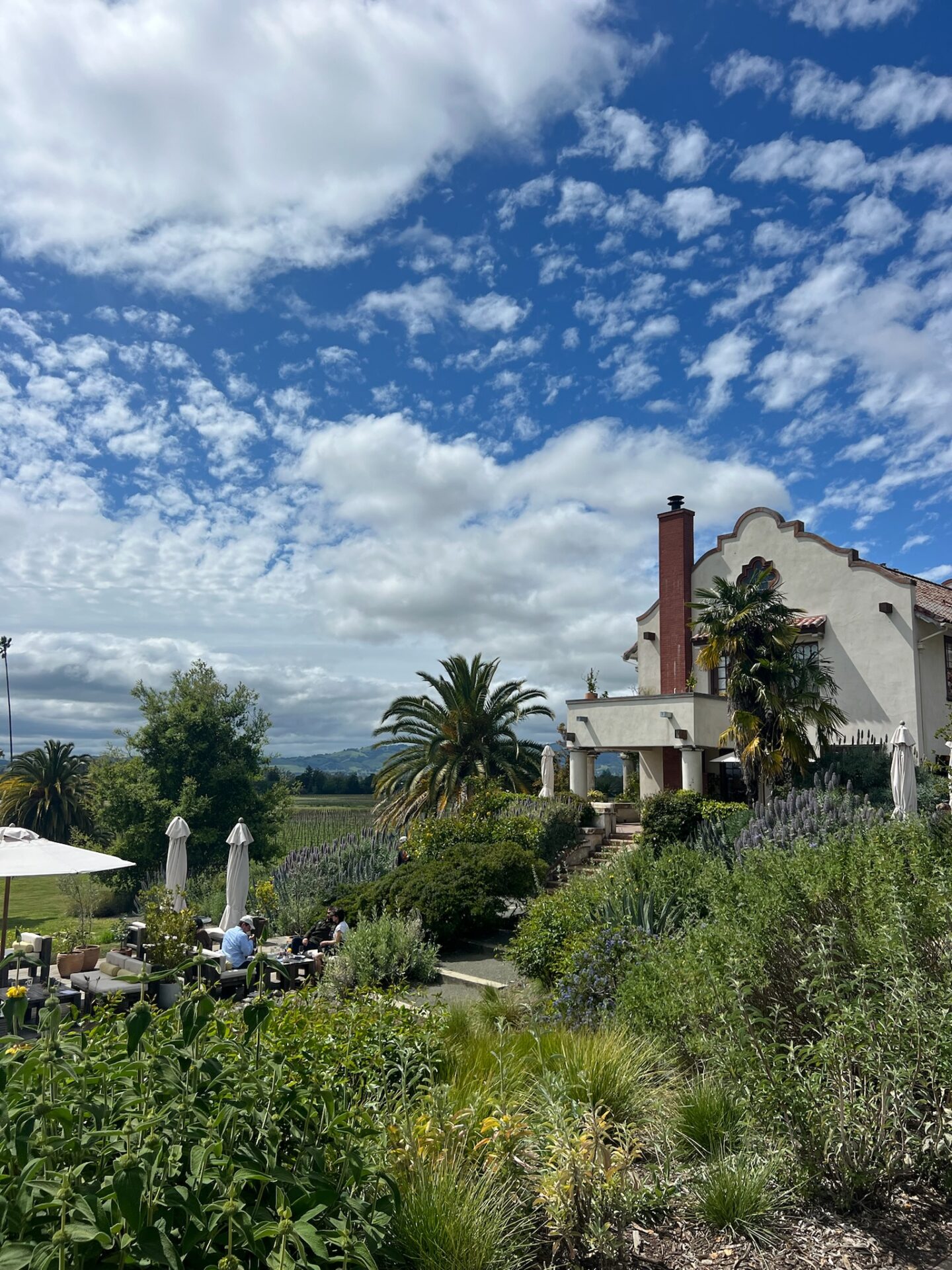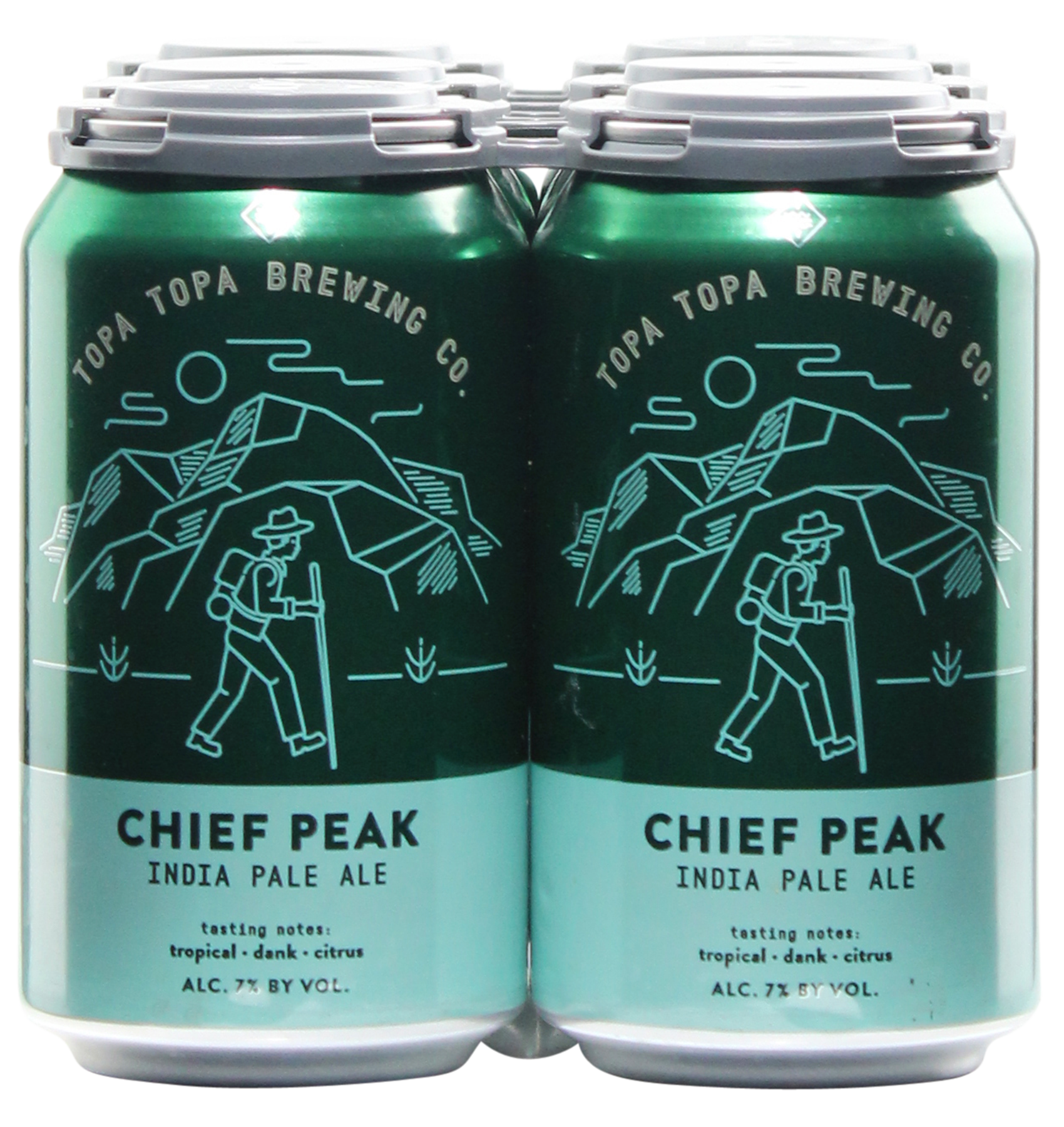2022 Scribe Estate Rosé of Pinot Noir
This vibrant rosé from the Mariani brothers is made from all estate-grown fruit that benefits from the cool winds that rip through the valley from the San Pablo bay. This is a food wine. Enjoy it with something fun like duck carnitas tacos.
Organic farming practices, hand-harvested, native yeast fermentation and minimal intervention.
- Tasting Notes wild, strawberries, watermelon, key lime, grapefruit, rose petals, minerality
- Variety Pinot Noir
- Region United States, California, Sonoma
- Volume 750ml
- Alcohol Volume 12%
- Table Talk Scribe Winery occupies one of California’s oldest pre-Prohibition vineyard sites.
$32.00
Only 8 left in stock
Scribe Winery in Sonoma, Calif. produces vibrant, terroir-driven wines.
The winery–founded in 2007 on a property that pioneered pre-prohibition Sonoma Valley winemaking–is managed by fourth-generation California farmers and brothers, Andrew and Adam Mariani.
Andrew and Adam believe that the best wines are a result of a healthy relationship between man and nature, and that a vineyard managed in harmony with the greater ecosystem results in more site-specific wines that represent a sense of time and place. When vinified with non-interventionist methods, the result is a distinct wine that faithfully reflects what the vineyard naturally expresses.
Farmed from three vineyards across the Carneros AVA, the fruit for the Carneros Pinot Noir is a blend of equal parts clones 777.115 and Pommard. Two of the vineyards, Sandbach and El Novillero, are both within a 5 mile radius of the SCRIBE estate and rest on similar Huichica soils. The third, Reinke vineyard, lies a little further east on Bressa-Dibble clay loam. All three vineyards benefit from the cooling influence from the winds of the San Pablo bay and slow, even ripening.
So, what is Rosé anyway?
Rosé is made when the skins of red grapes sit with the juice for a short period of time. The winemaker has complete control over how long or how short the grapes are in contact with the skins as it will ultimately determine the final color of the wine. Rosé wines can be made in an array of styles ranging from a more pale color with subtle characteristics to a deeper color with more intense flavors.
Any red grapes can technically be used to make rosé – but generally we see grapes like Grenache, Pinot Noir, Sangiovese, Syrah and other Rhone red grapes like Carignan, Cinsault and Mourvedre used more commonly for dry styles of rosé. Any Rosé wine can be produced in a sweet style by simply not fermenting all the sugar into alcohol, which can be common for bulk production. For sweet rosé think White Zinfandel, Pink Moscato, or White Merlot.














